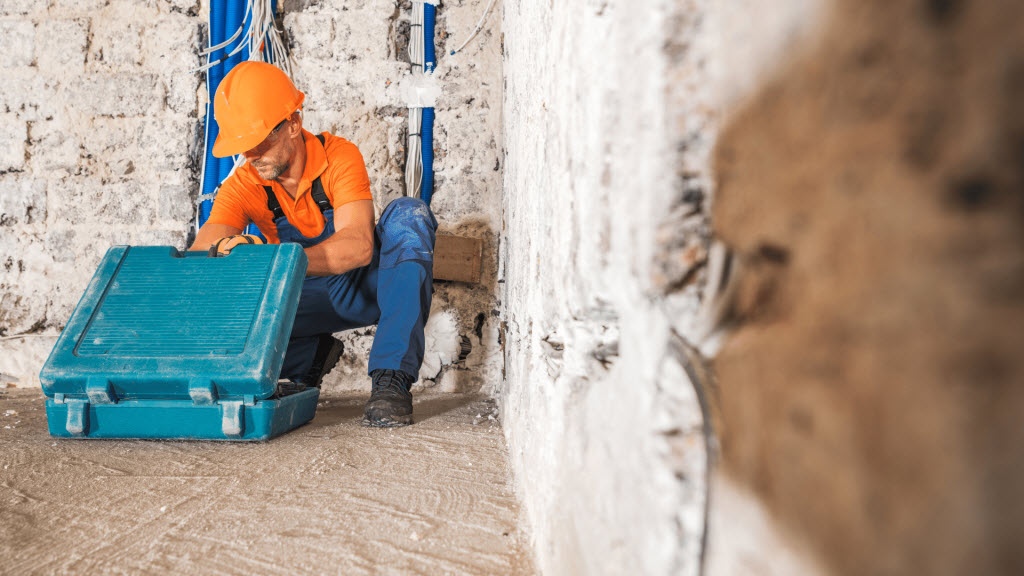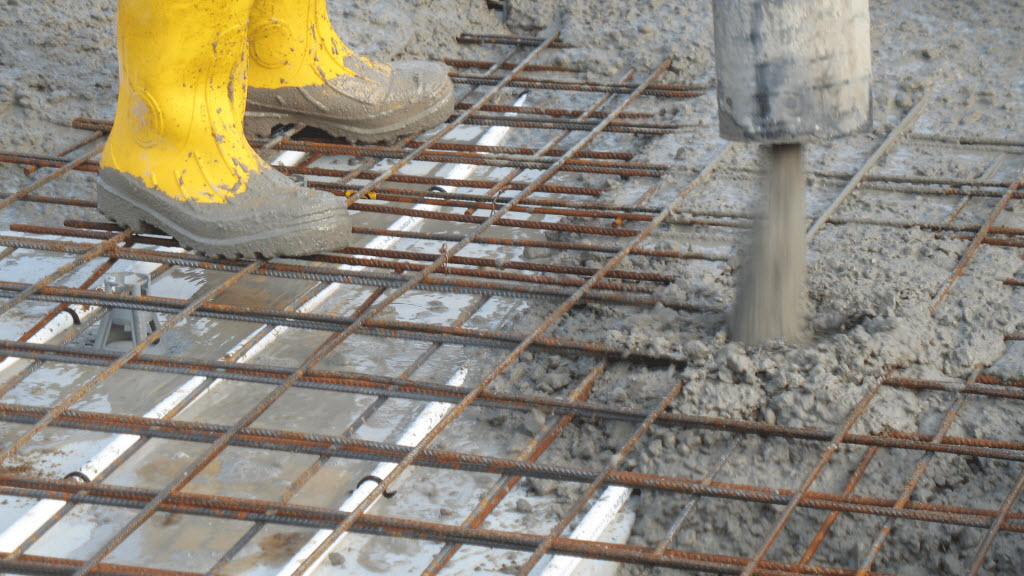concrete shovel
-A company that only uses the highest-quality materials
concrete remediation toowoomba
Are you in need of a new driveway? Maybe your old one is cracked and in need of repair. Regardless of your specific situation, one thing is for sure - you'll need to find reliable driveway contractors to get the job done right.
Resurfacing your concrete can give it a whole new look.

-A company that only uses the highest-quality materials
Concreting is crucial for building a solid foundation. Without a foundation, the weight of the structure could cause it collapse. Concrete must be properly mixed and placed in a way that creates a strong foundation that will last many years.


Stamped concrete is a popular alternative to asphalt for both residential and commercial uses. It is an ideal choice for high-traffic areas due to its durability and low maintenance requirements. Stamped concrete has a long life span if done correctly.

Avoid using abrasive cleaners and scrubbers as they can cause damage to the surface.

Concrete and cement are both construction materials that are used extensively around the world. They both have their own unique properties and uses, which is why they are often confused with one another.
Concrete is a mixture of cement, water, sand, and gravel. It is used in construction projects such as foundations, flooring, walls, and roads. The main advantage of concrete is that it is very strong and durable.
Cement, on the other hand, is a powder made from limestone and clay. It is mixed with water to make mortar or concrete. Cement is an essential ingredient in construction because it gives concrete its strength and durability.
If you use too much cement in concrete, it can adversely affect the strength and durability of the final product. The amount of cement in a concrete mix is typically expressed as a "cement to sand ratio" or a "cement to aggregates ratio". A higher-than-normal cement ratio means that there will be more cement paste surrounding the individual aggregate particles, which can make the concrete weaker and more susceptible to cracking. Conversely, using too little cement will also lead to substandard concrete; in this case, the mixture will be more likely to experience shrinkage cracking as it dries. It's therefore important to get your proportions right when making concrete, in order to ensure a high-quality final product.
The answer to this question depends on a few factors, including the type of concrete, the weather conditions during and after the pour, and the thickness of the reinforcing bars (rebar). In general, however, a minimum thickness of 4 inches is recommended.
If you are looking for a more specific answer, it is best to consult with a professional engineer.